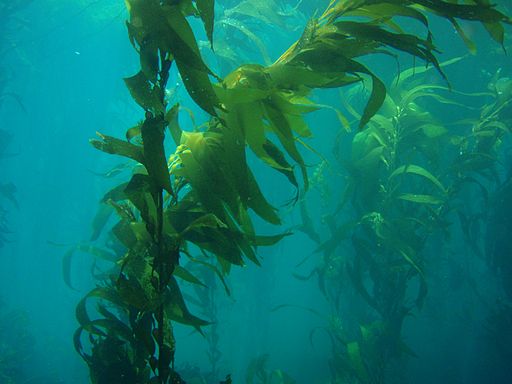
Macrocystis pyrifera is a dominant foundation species forming the iconic California kelp forest ecosystems. It is the largest marine algae, growing up to 100ft tall. The species is widespread, with a range extending from Mexico to Alaska in the northern hemisphere and covering portions of South America, South Africa, Australia, and New Zealand. Intriguingly, there are also Macrocystis intertidally in California too; possibly a different species. Giant kelp form dense forests, which support substantial proportions of marine biodiversity, providing habitat for invertebrates, fish, and marine mammals.
Kelp forest ecosystems provide a number of ecosystem services, including commercial harvesting, ecotourism, and coastal protection. Yet, in recent years we have seen drastic declines in kelp forest ecosystems, likely driven by a combination of climate change and explosions of urchin populations. Understanding connectivity, climate adaptation, and population dynamics is crucial for conserving declining kelp forest ecosystems. Surveys of genomic variation could help identify the most productive or climate change resilient genotypes.
